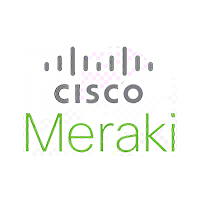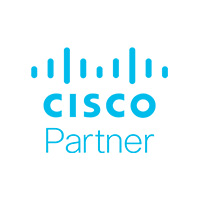Over my years in IT support and tech, I have found for some CEOs, nothing lights up their eyes more than “Bring Your Own Device” or BYOD in the tech lingo. The whole idea is attractive to nimble businesses with web based and other cloud technology enabling workers to be anywhere and work in their own style. If everybody already has a computer why do they need another one? Companies used to buy cell phones for employees that needed to make calls and that practice has certainly fallen by the wayside for most. Why not computers too? Just the thought of scratching the laptop purchases off the expense column is an exciting possibility for some executives. I worked with a CEO once, at a small firm of highly paid consultants, who told me “I’m already paying them so much, they can buy their own damn computers!”
When I come across this discussion, my first two thoughts are “You haven’t thought through the bargain you make with BYOD” and “You have no idea what the true cost of BYOD is…” You could say I am firmly in the “Pound foolish” camp on BYOD. And since it’s my tech tip, I am going to tell you why!
When it comes to technology, good productivity and data security are universal needs of any org. The “endpoint” as we call it, the computer is a big factor in that experience at your company. So, we focus a lot of effort in our business, on managing the endpoints effectively for customers. We want to minimize problems, tickets and incidents. The bargain made with the employees is “here is a work computer use it for work stuff” and since the computer is owned by the company, it all works out. Employees might see some limitations as restrictive but the shared goal of getting work done efficiently and safely is realized.
 BYOD, where the employee now owns the device, destroys that bargain. Personal projects, kids school, work, gaming etc. become fair game. It’s their own device after all! The ability of the IT staff to standardize and support the endpoints suffers and the agreement to “use the work computer for work” evaporates. This drives up support tickets, extends the time to solve those issues, and generally slows everybody down. It also increases the risk of incident to the organizations data as the employees must retain full control of the device that is rightfully theirs rather than hand it over to the professional career IT staffers. I’ve seen this happen, BYOD is virtually a guarantee of more support calls your employees have to make.
BYOD, where the employee now owns the device, destroys that bargain. Personal projects, kids school, work, gaming etc. become fair game. It’s their own device after all! The ability of the IT staff to standardize and support the endpoints suffers and the agreement to “use the work computer for work” evaporates. This drives up support tickets, extends the time to solve those issues, and generally slows everybody down. It also increases the risk of incident to the organizations data as the employees must retain full control of the device that is rightfully theirs rather than hand it over to the professional career IT staffers. I’ve seen this happen, BYOD is virtually a guarantee of more support calls your employees have to make.
So that leads right to the second point, what is the true cost of BYOD? On one hand you have the loss of productive time with support issues, or the devastating cost of a data breach. You should be able to figure those costs but rest assured it’s more than the cost of a laptop every 3-5 years. What of doing it “right?” That can be done. It’s not for saving money but particular situations where BYOD is a reality or a necessity. It typically involves a remote computing solution, and about doubles your IT support costs. But that does come with drastically lower support tickets, easily secured data to almost any risk level, as well as addressing some other issues of legacy applications that some organizations may have. So, for some companies, it may be worth it. For most though, the right way to go is to keep buying computers for employees. A good middle ground for orgs that want to be “flexible” is to allow employees to choose the specific device that they want to use, and the company will purchase it. But bottom line here is what I tell every business owner that considers BYOD: The absolute best return on investment you can get in IT, to minimize issues and improve data security, is to simply own the computers.












